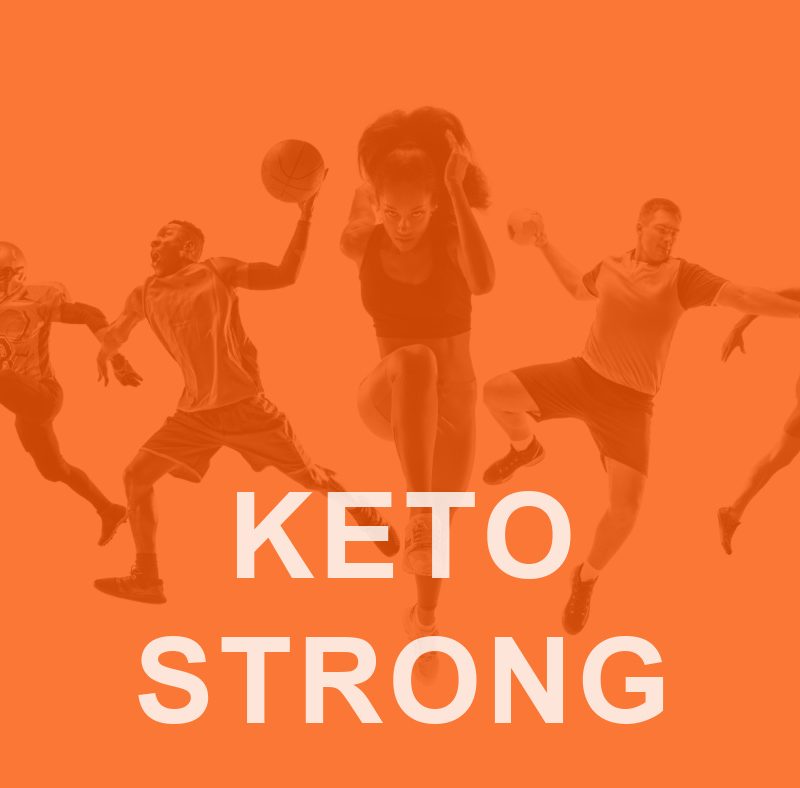The available research on ketosis doesn’t offer a great deal of guidance on how to handle this specific and regimented diet with athletes. We know that ketosis does not diminish athletic performance, it does not deplete glycogen stores compared to carb-loaded counterparts, and athletes may improve body composition more efficiently than non-keto athletes. There is more research being done right now on keto and athletes. Here’s how to handle your fat-adapted clients.
How Trainers Can Guide Keto Clients
I’m happy about this but I always tell my clients when reading
research, to consider the source.
The general consensus is that, because the ketogenic body is fat-adapted and its main source of fuel is fat, it’s important to keep that athlete in fat-burning zones. One way to calculate this is by getting a
Metabolic Efficiency Panel (MEP) done by having a Metabolic Specialist do a Resting Metabolic Rate and an Active Metabolic Assessment (AMA). That’ll get your client their MEP point and the precise Heart Rate (HR) at which they start burning carbohydrates (CHO) as the primary source of fuel in favor of fat.
Also, if a client is in ketosis and you keep them in their fat-burning zone, this is all well and good for aerobic training, flexibility, and stability exercise. However, what about anaerobic exercise like HIIT, strength training, plyometrics, power training, and other such modalities?
In those cases, the athlete can wear a heart rate monitor with a calorie tracker and then determine how many of the burned calories come from CHO. Once the numbers are calculated, the athlete can eat healthy sources of carbs a half-hour pre-workout and replenish the used CHO within a half-hour post-workout.
If this approach is going to be used, it’s important to be on top of the numbers in order to maintain ketosis and to test for it (either through a blood testing monitor or urine test strips).
Offer Options
Alternatively, the athlete can try a cyclical keto diet (CKD). In this case, the athlete has already been on a standard keto diet (SKD) and has been established on it for a while, already having become fat-adapted and adjusted to ketogenic eating. Then the athlete may consume a calculated and premeasured number of carbs 1-2 days per week and make sure the workouts for that week burn the precise amount of CHO ingested on the 1-2 days.
The athlete would go back to eating the usual SKD for the other days of the week. It’s also advised to eat the extra carbs on non-workout days. As you might imagine, this level of precision not only requires accurate calculations, but also commitment and discipline on carb-allowed days.
Upcoming Keto Research
There are some studies that are trying to determine if a keto-adapted body burns more fat during anaerobic exercise due to the body’s metabolic state compared to the aerobic state. I’m interested to see what the results will be! But for now, most studies are inconclusive on this topic.
So to sum up, if you can keep your keto clients in the fat-burning aerobic heart rate zone, no need to worry about the carb-starved state because the athletes will be using fat as the primary source of fuel for their workout.
If the exercise entails anaerobic exercise, then you must accurately figure out the metabolic numbers and how much extra CHO will be needed to fuel it. Educate the athlete on how to eat that calculated amount of CHO pre and post-workout or try CKD.*
*This is article is for educational purposes only and if needed especially if medical necessity happens, see a Registered Dietician, Certified Nutritionist, or other appropriately credentialed professional.
References:
https://pubmed.ncbi.nlm.nih.gov/22835211/
Mcswiney, F. T., Wardrop, B., Hyde, P. N., Lafountain, R. A., Volek, J. S., & Doyle, L. (2017). Keto-adaptation enhances exercise performance and body composition responses to training in endurance athletes. Metabolism. doi:10.1016/j.metabol.2017.11.016
https://www.ncbi.nlm.nih.gov/pmc/articles/PMC6863116/
Volek, J.S., Freidenreich, D.J., Saenz, C., Kunces, L.J., Creighton, B.C., Bartley, J.M., Davitt, P.M., Munoz, C.X., Anderson, J.M., Maresh, C.M., et al. (2016). Metabolic characteristics of keto-adapted ultra-endurance runners. Metabolism 65, 100-110.
https://www.ditchthecarbs.com/how-to-be-a-ketogenic-athlete/





